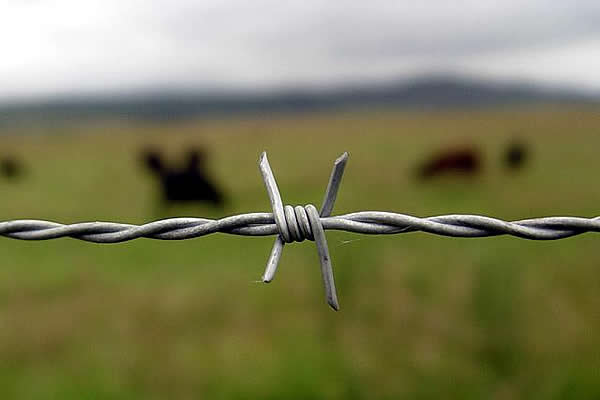 TEL:
+86-13102802206
TEL:
+86-13102802206
 Email:
fencenetting@china.com
Email:
fencenetting@china.com
 Language
Language
 TEL:
+86-13102802206
TEL:
+86-13102802206
 Email:
fencenetting@china.com
Email:
fencenetting@china.com
 Language
Language


Understanding Iron Mesh Prices Factors and Trends
Iron mesh is a versatile material widely used across various industries, from construction to agriculture, and its pricing can vary significantly based on several factors. As the demand for robust and durable materials continues to grow, understanding the intricacies of iron mesh pricing has become essential for both buyers and industry stakeholders.
What is Iron Mesh?
Iron mesh, often referred to as wire mesh, is made from thin strands of iron or steel that are woven together to create a grid-like structure. This material is renowned for its strength, durability, and resistance to wear and tear, making it suitable for a multitude of applications, including fencing, reinforcement in concrete, construction scaffolding, and even decorative purposes.
Key Factors Influencing Iron Mesh Prices
1. Raw Material Costs The price of raw materials, particularly iron and steel, plays a crucial role in determining the cost of iron mesh. Fluctuations in the global market can significantly impact these costs. For instance, if iron ore prices increase due to changes in supply and demand, the price of iron mesh will likely rise.
2. Production Process The method used to manufacture iron mesh can affect its final price. Different production techniques may require varying levels of labor, machinery, and energy consumption. For example, welded wire mesh tends to be more expensive than woven mesh due to the increased complexity of its manufacturing process.
3. Mesh Specifications The size, gauge, and type of mesh used will influence the price. Thicker wires and tighter mesh configurations typically cost more due to the increased material requirements and production complexity. Additionally, specialized mesh types designed for specific applications, such as corroded-resistant mesh, can also command higher prices.
4. Market Demand The demand for iron mesh in construction, agriculture, and other sectors fluctuates seasonally and cyclically. During construction booms, for instance, demand surges, pushing prices higher. Conversely, during economic slowdowns, prices may decline due to reduced demand.
5. Shipping and Transportation Costs As iron mesh can be relatively heavy, shipping and transportation costs affect the overall price. In times of rising fuel prices or supply chain disruptions, transportation costs can escalate, leading to higher prices for consumers.
Current Pricing Trends

As of late 2023, the market for iron mesh is experiencing interesting dynamics. Post-pandemic recovery in the construction industry has seen an uptick in demand for building materials, including iron mesh. Consequently, this has led to an increase in prices in many regions, driven by high demand and supply chain challenges.
Manufacturers and suppliers are increasingly aware of these trends, and many are adjusting their pricing strategies accordingly. Some companies may offer bulk discounts to encourage larger purchases, while others might diversify their product offerings to cater to various market segments and stabilize their income.
Tips for Buyers
For those looking to purchase iron mesh, whether for a large-scale project or a smaller application, here are some helpful tips
- Understand Your Requirements Before purchasing, assess the specific needs of your project. Knowing the precise specifications will help you find the right type of iron mesh without overspending.
- Research Suppliers Compare prices and products from multiple suppliers. Look for reputable companies with a history of quality and reliability.
- Purchase in Bulk If feasible, consider buying in bulk to obtain better pricing, as many suppliers offer discounts for large orders.
- Keep an Eye on Market Trends Staying informed about market trends and price movements will help you make timely purchasing decisions and possibly avoid purchasing at peak pricing.
Conclusion
Iron mesh prices are influenced by a complex interplay of factors including raw material costs, production processes, and market demand. By understanding these dynamics, buyers can make informed decisions and potentially save on their purchases. As the industry continues to evolve, staying updated on pricing trends and market conditions will be crucial for successfully navigating the landscape of iron mesh procurement. Whether for construction, agriculture, or other applications, the right choices in iron mesh can lead to quality results and long-term benefits.